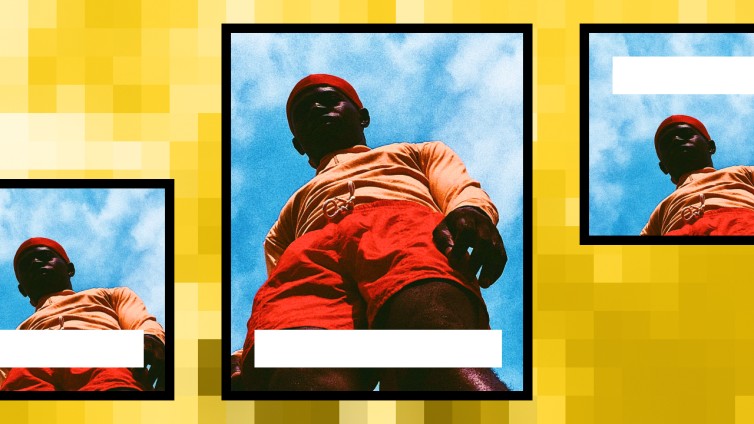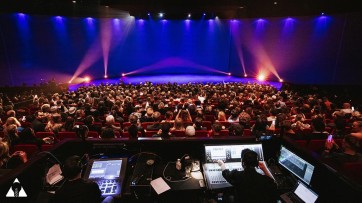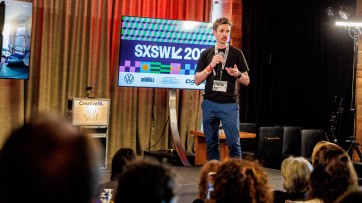Does creative automation limit creative quality?

We offer state-of-the-art solutions in the fields of Design & Animation, Visual Effects, Post Production, Edit, Grading, Sound & Music, Sonic Branding, AI Technology and Creative Automation & Workflow. All housed under one roof with one simple promise: you imagine it, we create it.
Lees meer


Creative automation takes care of the time-consuming, error-prone, repetitive tasks that keep creatives from doing what they do best: creating the best possible work. Creative automation enables brands to scale their campaigns quickly and efficiently across touchpoints, markets and audiences in a fraction of the time of traditional methods. So why are many brands still reluctant to adopt these technologies and workflows? We dive into some of the most common misconceptions around Creative Automation and explore how it can actually enhance creative output.
Misconception 1: Creative automation replaces the creative team
Creative automation tools like Cube handle the generation of versions of creative assets, not the generation of the creative work itself. Your creative team can still follow a traditional creative process to bring ideas to life – content creation, copywriting, animations, VFX, sound – but instead of spending hours handcrafting hundreds of versions (and making mistakes along the way), you can feed those elements into a Creative Automation platform to do the heavy lifting.
With the repetitive (boring) part of the process out of the way, there’s more time for creativity and strategic thinking. Creatives have more time to create, marketers have all the versions they need and brand managers can ensure consistency across all touchpoints.
Misconception 2: Creative automation is AI (and therefore unpredictable)
It’s understandable that many equate creative automation with generative AI: both technologies can produce creative work more efficiently than humans can — but that’s where the similarities end. Creative automation helps you deliver on-brand assets at scale in a fraction of the time of manual work through predefined rules. AI is designed to self-learn and make decisions that weren’t programmed explicitly, and while that’s powerful, it doesn’t guarantee consistency or quality.
So when you need every version of your campaign assets to be delivered to the same high quality, on-brand and at scale, Creative automation is the obvious choice.
Misconception 3: Creative automation cannot produce handcrafted quality
Creative automation comes in various forms, and the quality of the output depends on the capabilities and approach of each individual solution. Many creative automation applications let you create your own templates. Because you’re restricted to the standard design and animation options the software provides, your generated content may end up looking unpolished, off-brand, or generic.
More advanced, craft-focused creative automation solutions like Cube offer a bespoke approach, delivering custom templates expertly built to accommodate every creative need. From intricate animations and screen replacements to responsive typography and dynamic audio mixing, there’s no need to choose between creativity and efficiency. The result: beautifully crafted assets, at scale.
Explore how creative automation can take your brand’s creative efforts to the next level.

We offer state-of-the-art solutions in the fields of Design & Animation, Visual Effects, Post Production, Edit, Grading, Sound & Music, Sonic Branding, AI Technology and Creative Automation & Workflow. All housed under one roof with one simple promise: you imagine it, we create it.
Lees meer










Reacties:
Om een reactie achter te laten is een account vereist.
Inloggen Word lid